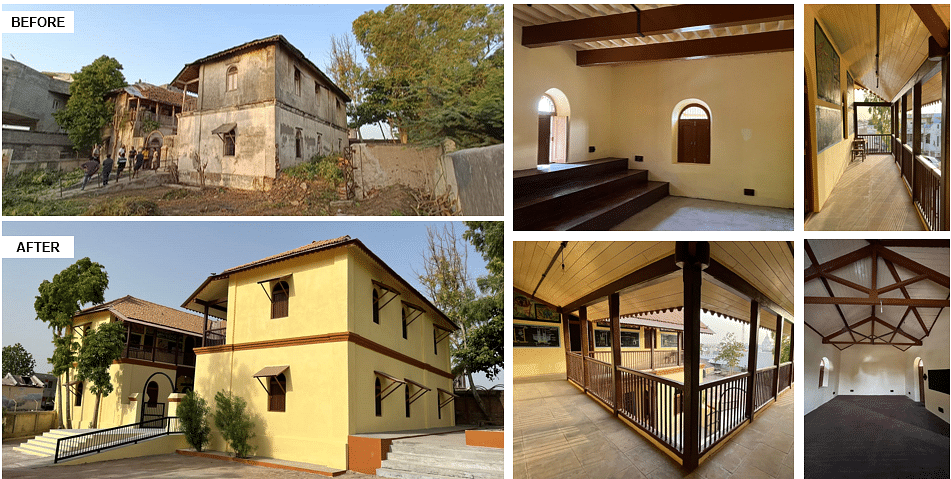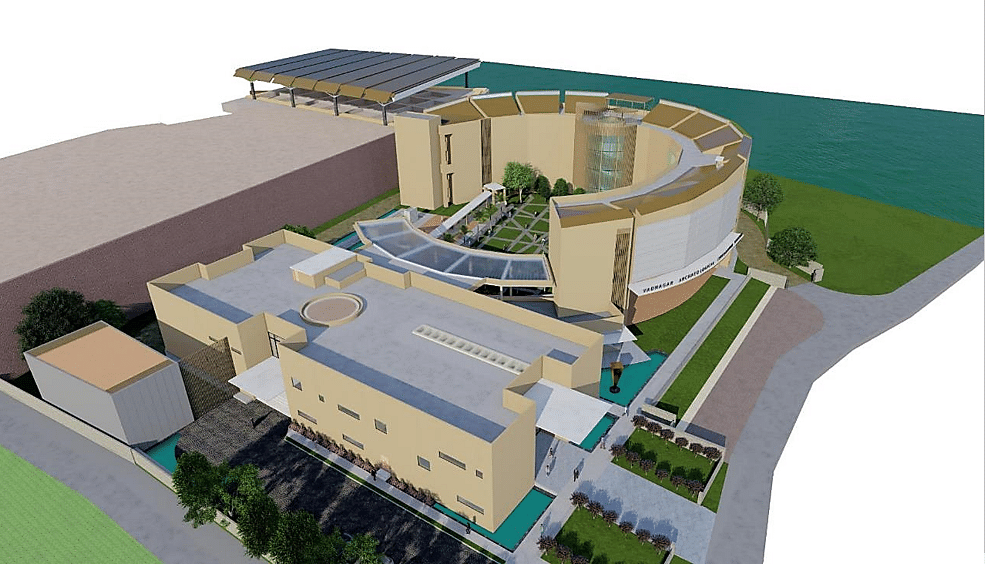

A project under which two kids from each of the country’s 740 districts would spend a week in the school of Prime Minister Narendra Modi to learn about his “inspirational” story, and an experiential museum spread across 13,000 sq feet and three storeys that will come up by later this year to display the findings of the excavations in Gujarat’s Vadnagar -- are part of the Centre’s plans to turn the PM’s hometown into a tourist hotspot.
As part of a new project called “Prerna”, spaced out across 50 weeks, the ministry of culture will now take students from across the country in batches of 30 so that kids can be "inspired" by Modi’s school. “The selection process has begun and students will be judged on various activities, not purely intellectual,” senior ministry officials said. Children will be asked to bring local recipes, cook them and from these, a book of recipes will be made, officials added.
The ministry of culture said that by October this year, an experiential museum on archaeological findings will be made. Over 40,000 artefacts, including beads, statues, coins, etc. will be displayed at the museum. Immersive technology such as AR/VR, 3D displays, installations, replicas and dioramas, and activities such as discovery rooms, kiosks, audio guides, workshops, etc. will be available at the museum which is being built by the ministry in collaboration with the Gujarat government.
Findings from excavations by the Archaeological Survey of India in the site indicate that there has been continuous habitation in the site for 2,500 years, spanning seven cultural phases of settlements, and it finds mention in both Hindu and Jain scriptures. The ministry said that the findings at the site shows that it was an important seat of learning for Buddhist devotees. DH had earlier reported how eight institutions, including three IITs, are studying the findings at the site.
Archaeological excavation was undertaken at the site at Vadnagar first in 1953-54, with subsequent excavations being done between 2005-06 and 2012-13. In 2008, excavations led to the findings of an ancient Buddhist monastery and votive stupas, which were established around the first century CE and continued till 7th century CE. The ASI later found a complex water system with over around 54 water bodies within a 10 km radius.
Evidence from seven periods – pre-Rampart (pre-2nd BCE), Rampart (2nd BCE to 1st CE), Kshatrapa (1st to 4th CE), Post-Kshatrapa (5th to 10th CE), Solanki (11th to 13th CE), Sultanate-Mughal (14th to 18th CE) and Gaekwad periods (from 18th to 19th Century AD) – have been found at a 20-feet deep trench dug over the years, officials said. Traces of a significant earthquake was also found.